The Official Language of Israel
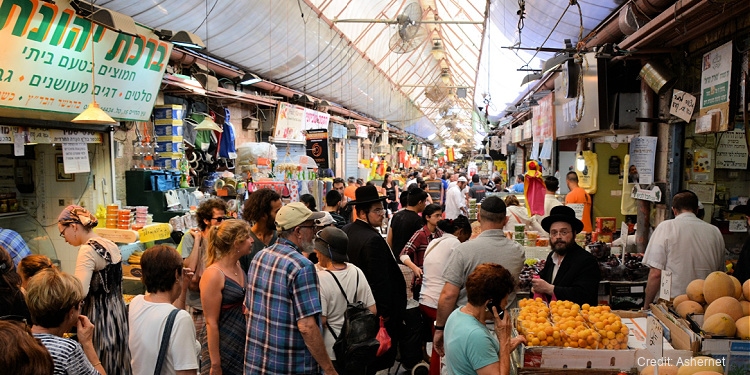
Many people wonder what the official language of Israel is. Israel is home to over 36 languages and dialects. That’s a lot of languages for a country that’s the geographical size equivalent of the U.S. state of New Jersey. With Israel’s diverse population, rich history, and large waves of immigration from all over the world it poses the question: What is the official language of the Holy Land? The language of Israel is Hebrew, which the majority of the population speaks.
However, additional languages are widely spoken in Israel, including Arabic, Russian, Yiddish, and English. Many Israelis learn Hebrew as their first language, while others have learned Hebrew as their second language.
Hebrew: Israel’s Official Language
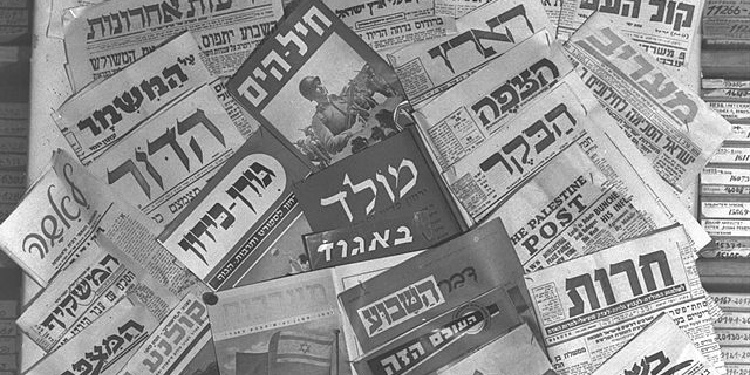
Photo Credit: WikiMedia/Zoltan Kluger
Hebrew in Israel
Modern Hebrew is the main language in Israel and became the official language of the Holy Land when the Jewish State was first established as an independent country. Hebrew is the language of Judaism and the Bible, and its origins have been traced back to 1250 BC. In Israel, it is used in the government, schools, media, street signs, and in everyday conversations. In fact, all Israeli schools require it for learning.
Hebrew as a Language
There are 22 letters in the Hebrew alphabet, and it’s written and read from right to left. To make things even more interesting, Hebrew readers open their books the opposite way English speakers do. It’s also important to note that Hebrew is also written without vowels. Sounds pretty challenging, huh? But all it takes is a little practice to get the hang of Hebrew.
The History of Hebrew
The Hebrew language is thousands of years old and has evolved throughout its history. It is believed that Hebrew was first spoken by Moses. Moses is known for writing the first five books of the Old Testament, also known as the Torah, in Hebrew. At that time, Hebrew was considered the language of the Jewish people.
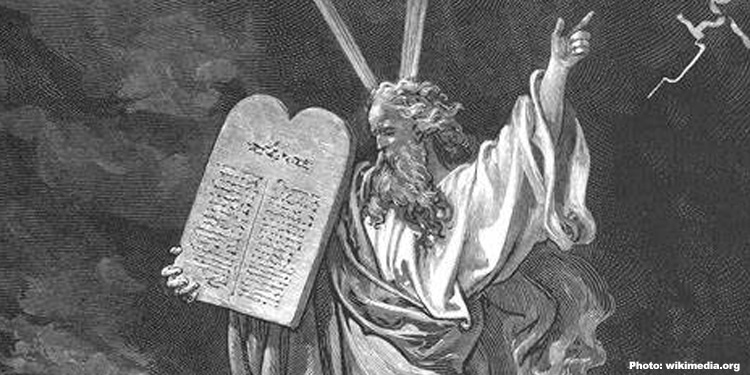
Photo Credit: Ivan Burmistrov
The first known example of written Hebrew is a fragment of the Hebrew Bible dating back to the 10th century BCE. The language continued to be used for scholarly and literary means. The use of Hebrew as a language rose and fell many times throughout its time, just like the history of Jerusalem. This resulted in different variations of Hebrew over time, and these are categorized as Biblical Hebrew, Rabbinic Hebrew, Medieval Hebrew, and today’s Modern Hebrew.
What Is Modern Hebrew?
At one point in time, Hebrew was considered a dead language due to it not being a spoken language for more than 1,800 years. But Hebrew began its revival on October 13, 1881, when Eliezer Ben-Yehuda and his friends agreed to only speak Hebrew in their conversations.
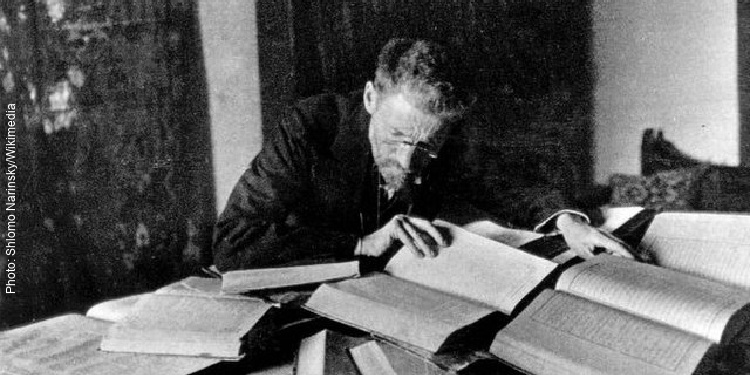
Photo Credit: Shlomo Narinsky/Wikimedia
Ben-Yehuda was a proud member of the Zionist movement and dreamed of a better future for Jewish people. His mission was to bring Jews back to their roots by moving to their native land and relearning their native language. This idea gained traction among other prominent Zionists and 67 years later Modern Hebrew became the national language of Israel.
Modern Hebrew consists of all the previous historical layers of the Hebrew language that evolved throughout the years and also incorporates new words and meanings to accommodate the modern world. And just like any other language, it has also borrowed modern terms from other languages. Modern Hebrew has now been fully revived, with more than 9 million people speaking Hebrew around the world.
Hebrew Language Programs in Israel
When immigrants arrive in Israel, they quickly notice how important it is for them to learn the Jewish state’s official language. All of their important documents are in Hebrew, including their passports, rental leases, bills, etc. Not to mention, everyone in Israel speaks Hebrew in conversation. Hebrew plays a large part in new olim’s (immigrants’) initial culture shock, so finding a way to learn it becomes a priority.

Photo Credit: Tikva
Israel has a variety of programs and classes for olim. The government subsidizes the first semester of classes for its immigrants to help them absorb into the country. The school for Hebrew is called “ulpan,” which means teaching or instruction in Hebrew. If you’re interested in learning some words in Hebrew, check out our Learning Center for Hebrew Words.
Additional Languages Spoken in Israel
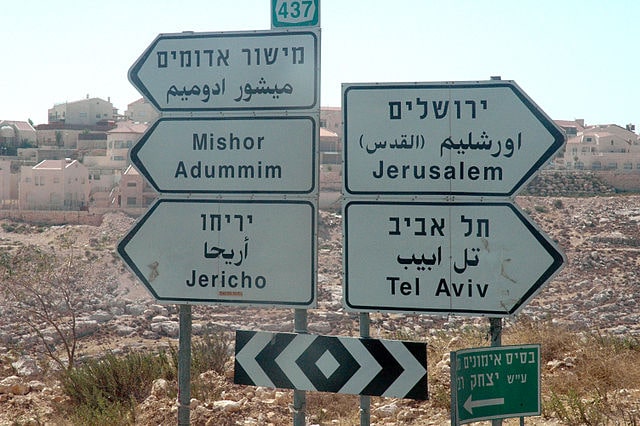
Photo Credit: WikiMedia/Justin McIntosh
Arabic
Arabic is the second most common language in Israel. It’s spoken natively by Israeli Muslims, Christians, Druze, and Jews who are originally from Arab nations. Arabic is used on Israel’s multilingual street signs, advertisements, store names, and around the country. Over 20% of Israel’s population natively speaks Arabic. Arabic is taught in many Israeli schools and is also a part of training for specific branches of the Israel Defense Forces (IDF). The IDF uses it as a resource to help soldiers in the West Bank communicate with the civilian population and strengthen military ties with Arab countries in the Middle East.
Hebrew is also very similar to Arabic since they are both Semitic languages. Despite having different alphabets and scripts, they have comparable grammar systems and many similar words. For example, “salam” in Arabic is “shalom” in Hebrew — both mean “hello” and “peace.”
Yiddish
Yiddish is a combination of Hebrew and medieval German and is the primary language of Ashkenazi Jews. Today, Yiddish is one of the minority languages in Israel and is spoken by Eastern European Jews who made aliyah (immigrated to Israel). At its peak, Yiddish was spoken by millions of Jews all over the world. But sadly, the victims of the Holocaust were the majority of the world’s Yiddish speakers, causing the near extinction of the language. Yiddish is presently being revived among ultra-Orthodox populations living in New York and parts of Israel.
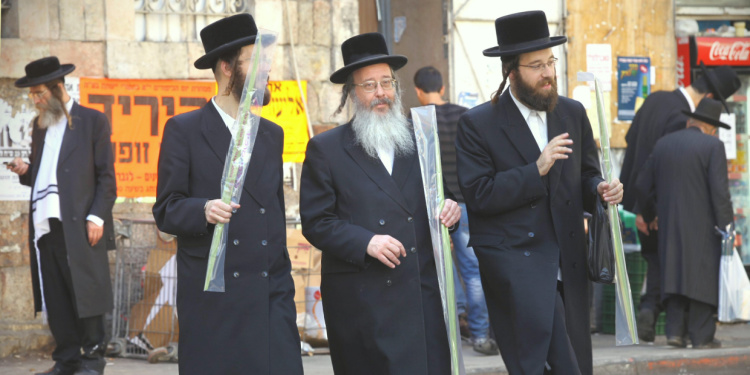
Photo Credit: Isranet
Russian
Believe it or not, Russian happens to be the non-official language in Israel spoken by over 20% of the population. Between 1986 and 2006, about 979,000 Soviet Jews immigrated to Israel, significantly boosting the overall population of Jews in the Holy Land. In order to accommodate the immigrants, Israel’s government and many businesses often provide information in Russian. The massive migration brought thousands of native-speaking Russians and changed the language landscape for years to come. After Germany and the United States, Israel has the world’s third-largest number of native Russian speakers living outside of former Soviet Union territory, and the highest as a percentage of the population. In the future, Israel’s Russian-speaking population is likely to continue to grow.
English
Many tourists wonder if they can use English when they visit Israel, and the answer is yes! Not only are Israelis required to learn English as a second language, but many native English-speaking immigrants also live in Israel. In fact, English was the official language of Israel during the British-mandate era from the end of World War I until the State of Israel was established in 1948. With the establishment of Israel, the official language changed to Modern Hebrew.
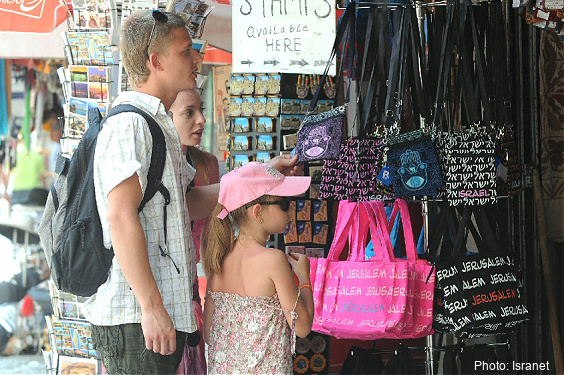
Photo Credit: Isranet
French
With the rise of anti-Semitism in France over the last two decades, a large percentage of French Jews have moved to Israel. This has led to French being one of the many languages spoken in Israel. Additionally, French is also spoken by many Moroccan, Algerian, and Tunisian Jews. French is also taught in many Israeli schools and universities due to the rise in immigration. Only 2% of Israelis are native French speakers, but that number is expected to increase as anti-Semitism sadly continues to worsen in France.
Spanish
Jews from Argentina and other Central and South American countries have also immigrated to Israel, bringing their native Spanish language to the Holy Land. Spanish makes up a minor 1.6% speakers in Israel. These Jews are predominately Sephardic but there are a few Ashkenazic among them. Interestingly, Sephardic Jews (descendants of the Jews expelled from Spain and Portugal at the end of the 15th century) have their own dialect of Spanish called Judeo-Spanish (Ladino) which is considered a romance language. According to research by Bar-Ilan University, roughly 250,000 people in Israel still know Judeo-Spanish, but only 100,000 speak it fluently.
Learn the Official Language of Israel
Want to learn how to speak some Hebrew? Check out our Learning Center for Hebrew Words.
